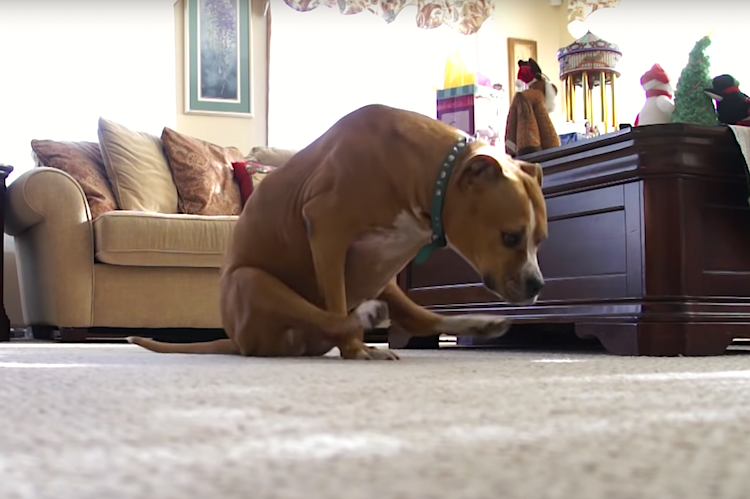Sick dog symptoms can vary depending on the underlying cause and the severity of the illness. It’s important to note that dogs can hide signs of illness, so any unusual behavior or symptoms should be taken seriously. If you suspect your dog is sick, it’s best to consult a veterinarian for a proper diagnosis and treatment.
Here are some common sick dog symptoms:
- Changes in Appetite:
- Loss of appetite (anorexia)
- Increased appetite (polyphagia)
- Vomiting:
- Frequent or persistent vomiting
- Vomiting blood or bile
- Diarrhea:
- Frequent or severe diarrhea
- Diarrhea with blood or mucus
- Lethargy and Weakness:
- Unusual tiredness or reluctance to move
- Difficulty getting up or walking
- Changes in Thirst and Urination:
- Excessive thirst (polydipsia)
- Increased urination (polyuria)
- Straining to urinate or difficulty urinating
- Coughing and Sneezing:
- Persistent cough
- Sneezing, nasal discharge, or congestion
- Breathing Difficulties:
- Rapid or labored breathing
- Wheezing or coughing associated with breathing
- Fever:
- Elevated body temperature (normal range for dogs is approximately 100-102.5°F or 37.7-39.2°C)
- Weight Loss:
- Unexplained weight loss or muscle wasting
- Pain or Discomfort:
- Signs of pain, such as whining, yelping, or reluctance to be touched
- Restlessness or changes in body posture
- Changes in Behavior:
- Aggression or irritability
- Anxiety or depression
- Confusion or disorientation
- Skin and Coat Issues:
- Itching, scratching, or licking excessively
- Hair loss, redness, or skin sores
- Swelling or Lumps:
- Any unexplained swelling, growths, or lumps on the body
- Eye and Ear Problems:
- Red, swollen, or cloudy eyes
- Discharge from the eyes or ears
- Head shaking or ear scratching
- Gastrointestinal Distress:
- Excessive gas or bloating
- Abdominal pain or discomfort
- Seizures:
- Convulsions, loss of consciousness, or uncontrolled muscle movements
- Changes in Gum Color:
- Pale, yellow, or bluish gums can indicate circulation or oxygenation problems.
- Changes in Appetite and Water Consumption:
- Unusual changes in eating or drinking habits.
Remember that many of these symptoms can overlap, and some may be more subtle than others. Early detection and treatment are key to addressing health issues in dogs effectively. If you notice any concerning symptoms or changes in your dog’s behavior or health, contact Ducknet Veterinary Clinic for a thorough evaluation and guidance on the next steps.







